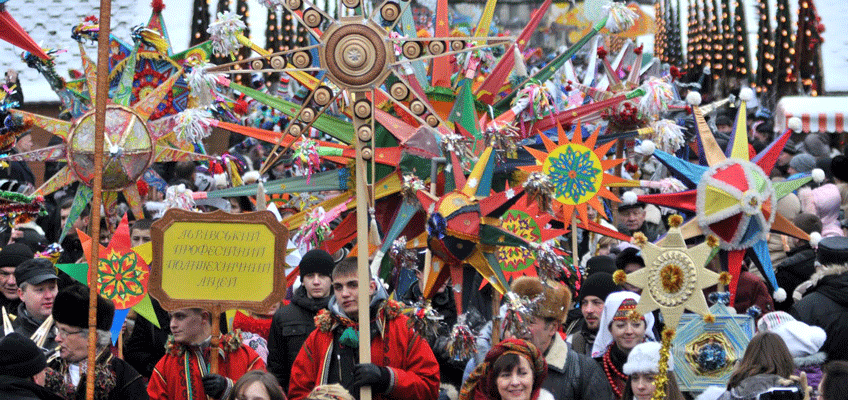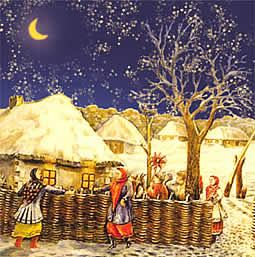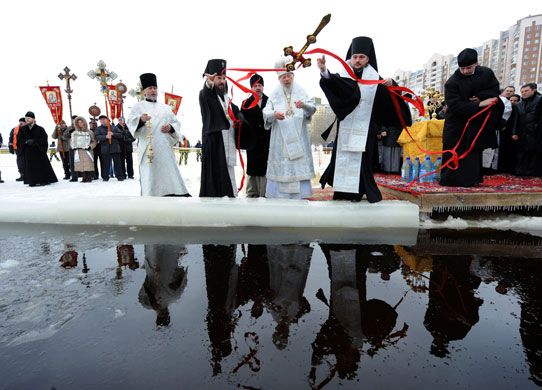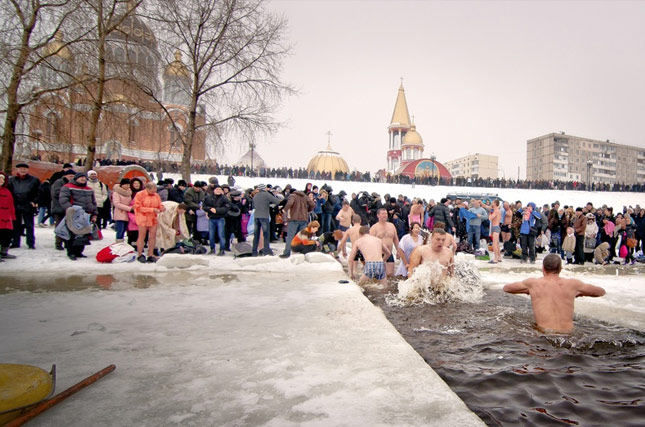 |
| The Klepper Family, Ottilie, Manfred, Charlotte, Moritz |
Nothing was going well in Mehring for the Klepper family. Mehring
was the home of the Klepper family, a village on the Mosel River, near the city
of Trier in western Germany. The Klepper’s, Ottile and Moritz, their children, Charlotte
and Manfred were Jewish with deep roots in the Mosel region. They ran a general store in the
village, a business once owned by Ottille’s first husband. He fought for
Germany and was wounded in World War I, but that meant nothing to the Nazi
controlled government that ran Mehring.
It took the Klepper’s home and store so the family moved into a building
owned by Otillie’s parents in Trier.
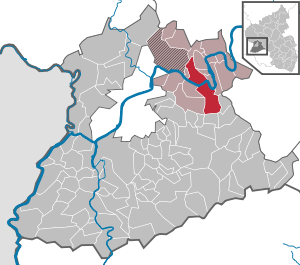 |
| Merhring (in red) is on the Mosel River, in western Germany |
Ever since Hitler and the Nazi Party gained control of the
government in 1933, everyday life was getting more and more difficult for the
Jewish people of Germany. The Great Depression caused serious world wide economic
problems, which lead to the election that gave control of the government of
Germany to the Nazi party in 1933.
Democracy ended in Germany when Hitler became Chancellor. Germany was divided into districts,
each one headed by a person appointed by and responsible only to Hitler.
Changes came quickly. In 1933, the owners of the Kaufhaus
Hass, a fashion house in Trier, Albert and Max Haas, were taken into
“protective custody” and later jailed.
Members of the Communist and Social Democratic political parties were
arrested and tortured. Jewish businesses were boycotted and Jewish children
were harassed in school. The goal of Gustav Simon, the Nazi appointed director
of Trier, was to make the area a model of the Nazi state. In 1937 Hitler
visited Trier, the name of the square around the Porta Nigra, built by the
Romans, was changed from the Porta Nigra Platz to the Adolph Hilter Platz. By then all Catholic youth
organizations were banned and Jewish children were not allowed in public
schools. By November of 1938, all Jewish owned businesses were
“aryanized.” The local police were
replaced by the SS and Gestapo, members of the Nazi Party; the SS wearing brown
shirts, the Gestapo wearing blue.
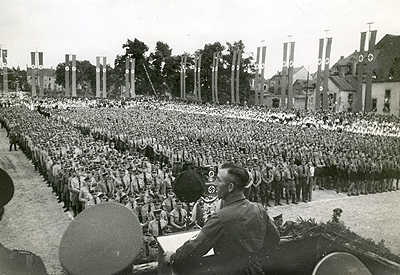 |
| Nazi Rally in Trier, 1937 |
Jewish families began to leave Trier, when the Nazis came to
power, some moved to Holland, others left for the United States. Otille’s sister and brother-in-law left
for Chicago in 1935. It was
getting harder and harder for Jews to get exit papers from the German
government and difficult to get residence visas from foreign governments. After
a long wait, Otilie’s parents and sister got their papers and left Trier for
the United States in 1938. The
Kleppers had applied for exit visas and permits to immigrate to the United
States, but nothing had worked out yet.
Manfred Klepper turned six in November 1938. He should have been in school, but no
Jewish children were allowed in public school. Synagogues stepped in and expanded their religious schools
to teach Jewish children regular school subjects. This ended on November 9, 1938, the first day of the
Kristallnacht, “The Night of the Broken Glass.” After that, it was too dangerous to leave the house. Manfred’s mother left only to visit the City Hall to check
on the status of the family’s exit papers. His father Moritz disappeared. All
the shopping and errands were taken care of by Anna, the family
housekeeper. She became their link
to the outside world.
Read Manfred's eye witness story of the Kristallnacht
 |
| News off the Kristallnacht in the Cincinnati Enquirer, Nov, 1938 |
A small school
with only three pupils was started in the Klepper home. Ottilie and the woman
upstairs who lived upstairs were the teachers, with assistance from the Sisters
from the convent behind their house.
The Sisters gave the assignments to Anna and came over at night to teach
reading, writing and math. They
brought books for the children to read, textbooks and school supplies. When the assignments were completed,
Anna took them over to the convent to be marked. This continued for a year, until 1940 when the Klepper’s exit
papers finally came through and they were able to leave Germany. By the end of
that year, Manfred could read and write German and had mastered the basics of
math.




















.jpg)


